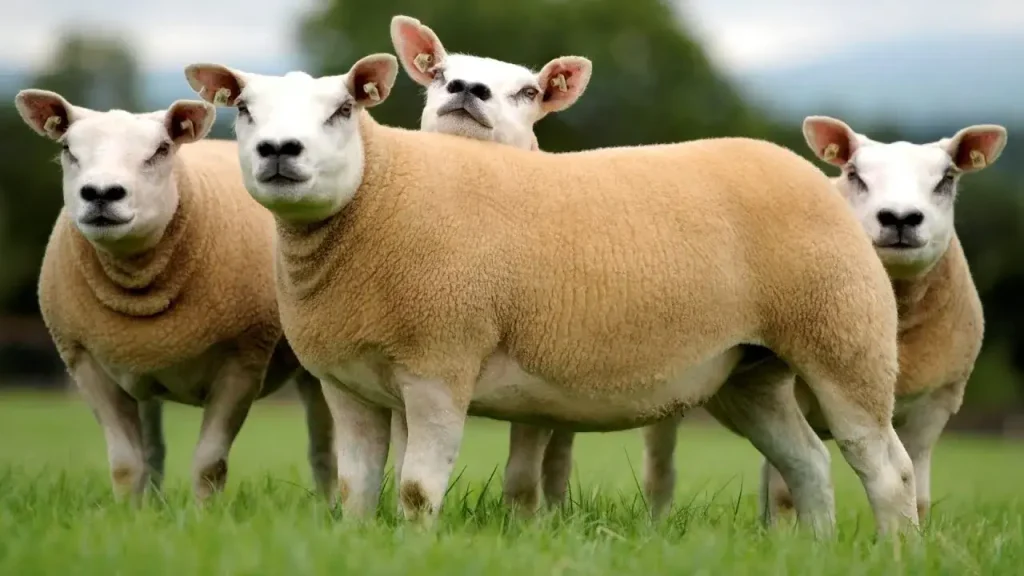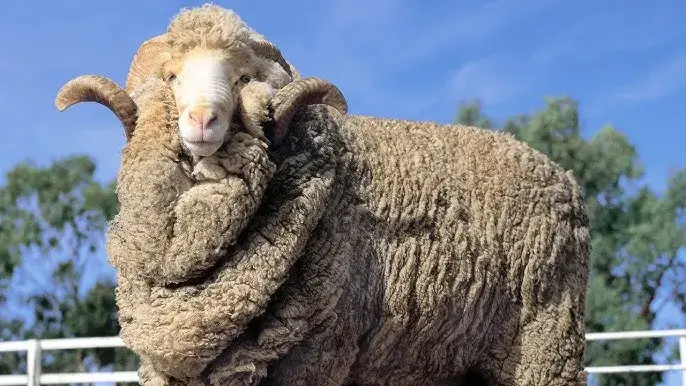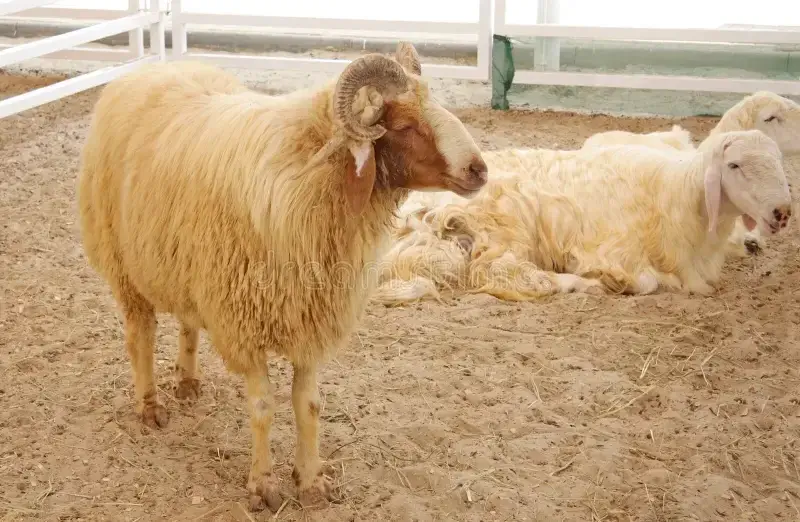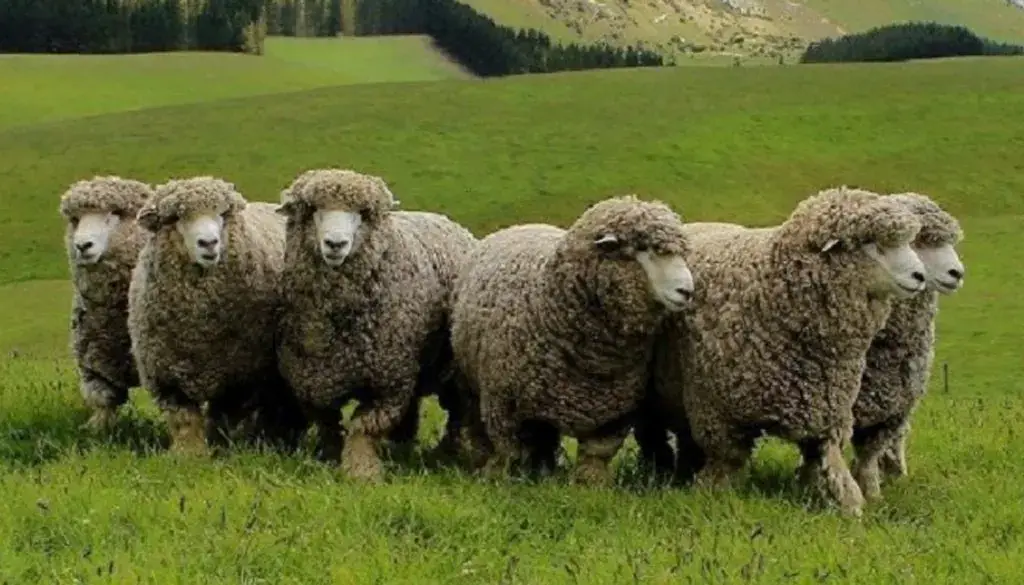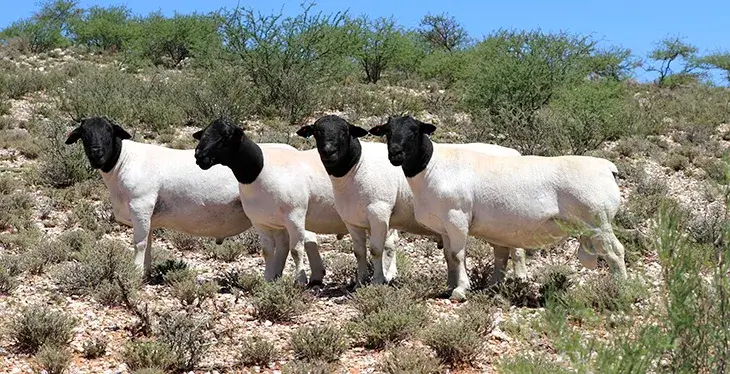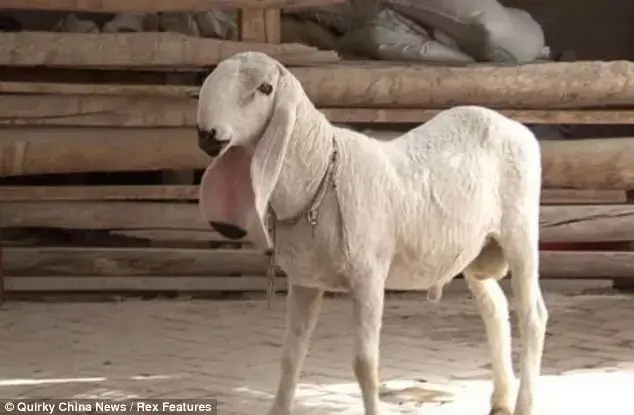🐑 Texel Sheep – The Muscular Marvel of Meat Production
🌍 Introduction to Texel Sheep
Texel sheep are renowned worldwide for their incredible muscle development, lean meat, and superior feed efficiency. Originating from the Netherlands, these sheep have earned a reputation as one of the best terminal sire breeds in the global sheep industry. Farmers and breeders appreciate their consistent carcass quality, adaptability, and robust health, making them a staple in commercial meat operations.
📜 History and Origin
The Texel breed hails from the island of Texel in the Netherlands, where it was developed in the early 19th century. By selectively breeding local Dutch sheep with English breeds like the Lincoln and Leicester, farmers created a line of sheep that was both resilient and highly muscular. Over time, Texel sheep spread throughout Europe and eventually reached countries like Australia, New Zealand, and the United States, where they became prized for their terminal sire capabilities.
🧬 Distinct Physical Characteristics
Texel sheep have a striking and muscular physique that stands out in any flock:
- 🐏 Face: White, with no wool covering and a slightly pronounced snout
- 💪 Build: Compact and powerfully built with excellent muscling across the loin, hindquarters, and shoulders
- 📏 Size: Rams typically weigh 100–140 kg (220–310 lbs); ewes around 70–90 kg (150–200 lbs)
- 🧶 Fleece: Medium-length white wool with a staple length of 8–12 cm
🌟 Temperament and Handling
Despite their bulky appearance, Texel sheep are calm and relatively easy to manage. They adapt well to different handling systems and are less prone to panic, which is a plus for shepherds working with larger flocks. Their quiet demeanor and intelligence make routine management tasks, such as lambing and weighing, more efficient.
🌱 Ideal Living Conditions
Texel sheep are adaptable but perform best in certain environments:
- 🌤️ Thrive in temperate climates with moderate rainfall
- 🌾 Excel on pasture-based systems with rotational grazing
- ⛰️ Can handle hilly or flat terrain due to strong legs and good footing
- 🏡 Require shelter during heavy rains or snow to maintain wool quality
🥗 Nutritional Needs
To reach their genetic potential, Texel sheep require a high-quality diet:
- 🌿 Fresh pasture and quality hay form the foundation
- 🌽 Grains or pellets rich in protein are essential during the finishing stages
- 🧂 Mineral supplements like calcium and phosphorus for bone strength
- 💧 Access to clean water at all times
🩺 Health and Lifespan
With proper care, Texel sheep can live 10–12 years. Their dense musculature and sturdy build make them generally robust, but a few areas require attention:
- 🦶 Monitor for foot rot and provide regular hoof care
- 💉 Annual vaccinations, including for clostridial diseases, are essential
- 🪱 Deworming should be customized based on local parasite loads
- 🔍 Check for flystrike, especially in warmer months, due to dense wool
🎯 Primary Uses of Texel Sheep
Texel sheep are mainly used for meat production, but they offer more than just one benefit:
- 🥩 Meat: Exceptionally lean, tender meat with a high yield and minimal fat
- 🐑 Terminal Sires: Widely used in crossbreeding to improve carcass traits in lambs
- 🧶 Wool: Medium-quality fleece used in blankets and light garments
💰 Economic Importance
Thanks to their rapid weight gain and premium carcass traits, Texel sheep are a favorite in commercial operations:
- 📈 A high dressing percentage (often over 60%) means better returns for farmers
- ⚖️ Efficient feed-to-meat ratio lowers production costs
- 👩🌾 Ideal for both large farms and small homesteads aiming for high-quality meat
📊 Breeding and Reproductive Performance
While Texel ewes are decent mothers, their primary role in breeding programs is producing high-quality lambs when crossed with other breeds:
- 🐑 Lambs born to Texel rams have superior muscling and fast growth
- 👶 Single births are common, but twins occur with good nutrition
- 🍼 Ewes produce enough milk for healthy lamb growth
🎉 Interesting Facts About Texel Sheep
- 🏆 Texel lambs dominate livestock shows for their muscle conformation
- 🇳🇱 The breed has been part of the Dutch farming culture for over 200 years
- ⚡ Lambs can reach market weight in 90–120 days with optimal feeding
- 🧬 Studies show that Texels have a unique gene mutation that reduces fat accumulation
❓ Frequently Asked Questions
Q1: Why are Texel sheep considered ideal for meat production?
A: Their lean meat, excellent muscle-to-bone ratio, and efficient feed conversion make them a top choice for meat-focused operations.
Q2: Can Texel sheep be raised for wool?
A: While they do produce a decent fleece, they’re primarily valued for meat. Their wool is more suitable for utility textiles than high-end garments.
Q3: Are Texel sheep easy to manage?
A: Yes! They’re calm, intelligent, and adapt well to a variety of farm setups, making them manageable for both new and experienced farmers.
Q4: What makes Texel lambs different from other breeds?
A: Texel lambs are more muscular, grow faster, and have less body fat, leading to better meat quality and higher market prices.
Q5: Do Texel sheep require special care?
A: Not necessarily. Like all sheep, they need regular hoof trimming, parasite control, and vaccinations. They’re otherwise quite hardy and low-maintenance.
✅ Conclusion – Why Texel Sheep Are a Smart Choice
If you’re aiming for top-tier meat production, Texel sheep offer unbeatable returns. Their impressive muscle build, low-fat meat, and strong genetics make them a go-to breed for commercial flocks and crossbreeding programs alike. With their quiet temperament and minimal care needs, Texels are truly a win-win for both small and large-scale farmers. 🐑💼🥩
